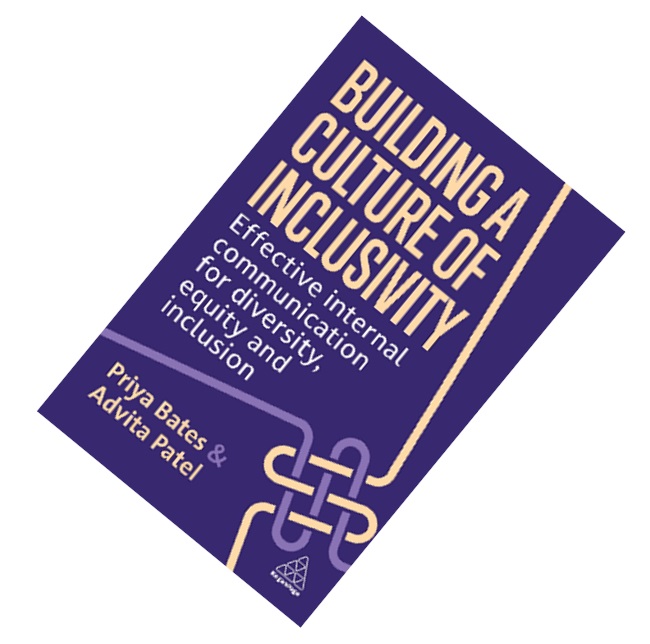Review: Building a Culture of Inclusivity
The authors stress the importance of developing a strong ‘why’ for any work around DEI as this underpins long-term success and avoids ‘performative’ (superficial) approaches.
This emphasis on models is admirable, especially when supported though robust academic research, as they provide effective principles that can be applied whatever the organisational context.




